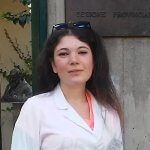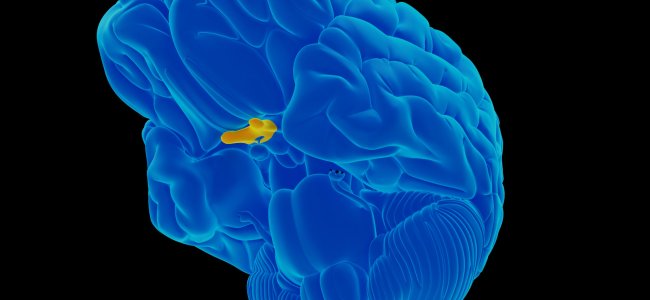Field of view: the point of view of patients with deficits

The editorial staff of Emianopsia is pleased to host in this virtual space Dr Fontanelli: Orthoptist Assistant in Ophthalmology graduated in Orthotics and Ophthalmology Assistance at the University of Siena. Dr Fontanelli provides an in-depth study to understand the needs and needs of those who face this symptomatology of the visual field: hemianopsia.
Before we begin we would like to give you a hint about the usefulness of perimetry.
Perimetry: the study of the visual field
Perimetry is an examination that consists in measuring the width of the portion of space that the patient can see. Through this diagnostic test we are able to recognize possible defects caused by glaucoma, diabetes and retinal diseases.
Perimetry plays a major role in the diagnosis of glaucoma, proving to be an essential tool for monitoring its progression.
How is the visual field exam performed?
The equipment that is used during the eye examination has the name “campimeter“.
Through this instrument, which consists of a dome with a white background, the patient is subjected to a series of light stimuli of varying intensity; each time the subject perceives one of these stimuli he must signal it by means of a button.
Here is a video introducing you to this exam uploaded by Ok Salute e Benessere.
Could Dr Fontanelli explain how we are approaching this visual field deficit (hemianopsia)?
“Hemianopsia must always be brought to the attention of a specialist; in fact, we try to treat the symptom in all possible ways and situations. The management of the symptomatology must aim to instruct the patient to use compensatory strategies (such as optical aids) or it can direct them towards neuro-rehabilitative therapy.
The treatment of this particular visual field deficit is imperative in all cases where there is a reduction in independence of action in patients, which turns out to be of great importance not only in everyday life, but also for the mental and inner health of these patients.”
What is the patient’s awareness of their visual impairment? What are their demands and needs?
“The degree of patient awareness not only changes from individual to individual but also changes over time and according to the approach and treatment of symptomatology. The needs of the patient concern everyday life: from simple walking to reading and driving. A hemianoptic patient can bump into objects and people while walking, causing themselves and others to trip and fall.
This type of patient will have difficulty in reading, which then will become debilitating, causing stress and fatigue, thus ending up abandoning this kind of activity. Also very important is the ability to drive a vehicle, which marks the independence of these patients and consequently of their lives, both within the working environment and outside of it,”
The recent health emergency has revealed the strategic impact that telemedicine can have on our health system: what is your opinion on the innovative approaches that telemedicine aims to make the health system standard and customary?
“Certainly telemedicine will increasingly represent a method of management and important help for the patient. Monitoring the subject at distance, not only allows helping in an “emergency” situation but can also bring serious benefits; let’s not forget that telemedicine has proven to be a valuable ally in overcoming those mobility difficulties that can involve these hemianoptic patients.
In addition to “emergency” situations, telemedicine allows the monitoring of chronic patients, which is of great importance. “
To learn more about the current state of telemedicine in Italy you can read our article: Telemedicine in Italy: a bridge between innovation and tradition.
In base alla sua esperienza, i pazienti come percepiscono i nuovi strumenti di telemedicina? Li identificano come un’opportunità oppure vi si approcciano con diffidenza?
“In my experience, telemedicine for patients represents an opportunity, an additional means to cope with their difficulties and health problems. Distance medicine is an alternative method to ensure efficiency, which could also be comforting for patients who need to receive opinions from specialists.
I would say that the patient generally identifies telemedicine tools with positivity, especially in a dynamic world like ours, where every day we have the opportunity or the duty to move even in distant places for the most various needs.”
We would like to thank Dr Fontanelli for presenting us with the patients’ point of view, embracing the various problems that can involve the visual field.
Acknowledgements

You are free to reproduce this article but you must cite: emianopsia.com, title and link.
You may not use the material for commercial purposes or modify the article to create derivative works.
Read the full Creative Commons license terms at this page.










